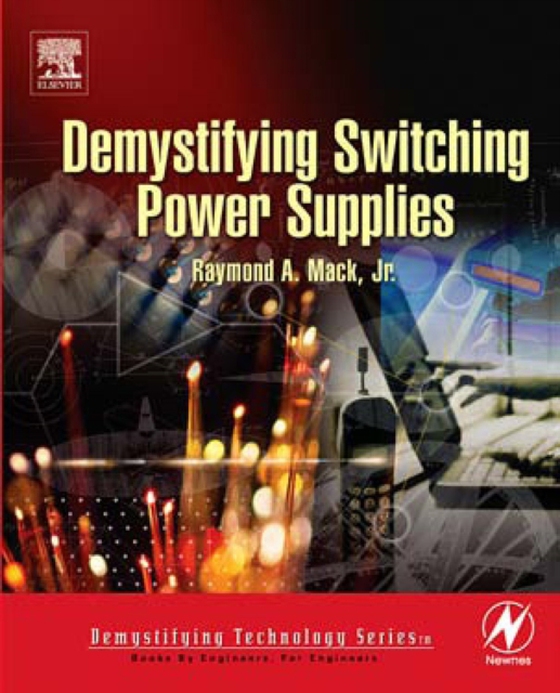
Demystifying Switching Power Supplies e-bog
403,64 DKK
(inkl. moms 504,55 DKK)
This book is a crash course in the fundamental theory, concepts, and terminology of switching power supplies. It is designed to quickly prepare engineers to make key decisions about power supplies for their projects.Intended for readers who need to quickly understand the key points of switching power supplies, this book covers the 20% of the topic that engineers use, 80% of the time. Unlike ex...
E-bog
403,64 DKK
Forlag
Newnes
Udgivet
14 marts 2011
Længde
344 sider
Genrer
THY
Sprog
English
Format
pdf
Beskyttelse
LCP
ISBN
9780080477107
This book is a crash course in the fundamental theory, concepts, and terminology of switching power supplies. It is designed to quickly prepare engineers to make key decisions about power supplies for their projects.Intended for readers who need to quickly understand the key points of switching power supplies, this book covers the 20% of the topic that engineers use, 80% of the time. Unlike existing switching power supply books that deal strictly with design issues, this book also recognizes the growing importance of "e;off-the-shelf"e; commercial switching power supplies, giving readers the background necessary to select the right commercial supply. This book covers the core essentials of power supply theory and design while keeping mathematics to the absolute minimum necessary. Special attention is given to the selection of appropriate components, such as inductors and transformers, to ensure safe and reliable operation. Engineers, whose main design responsibilities are in other areas, will better understand the strengths and weaknesses of switching power supplies and whether such supplies are appropriate for their projects. They will be able to give more meaningful design requirements and specifications to those who design switching power supplies.* Discusses both AC line supplies and DC-DC inverters.* Covers the main switching power supply designs, including flyback, forward conversion, bridge, buch, boost, and boost/buck topologies.* Design examples include a 220 volt offline switching power supply and a 110 volt uninterruptible supply.
 Dansk
Dansk

